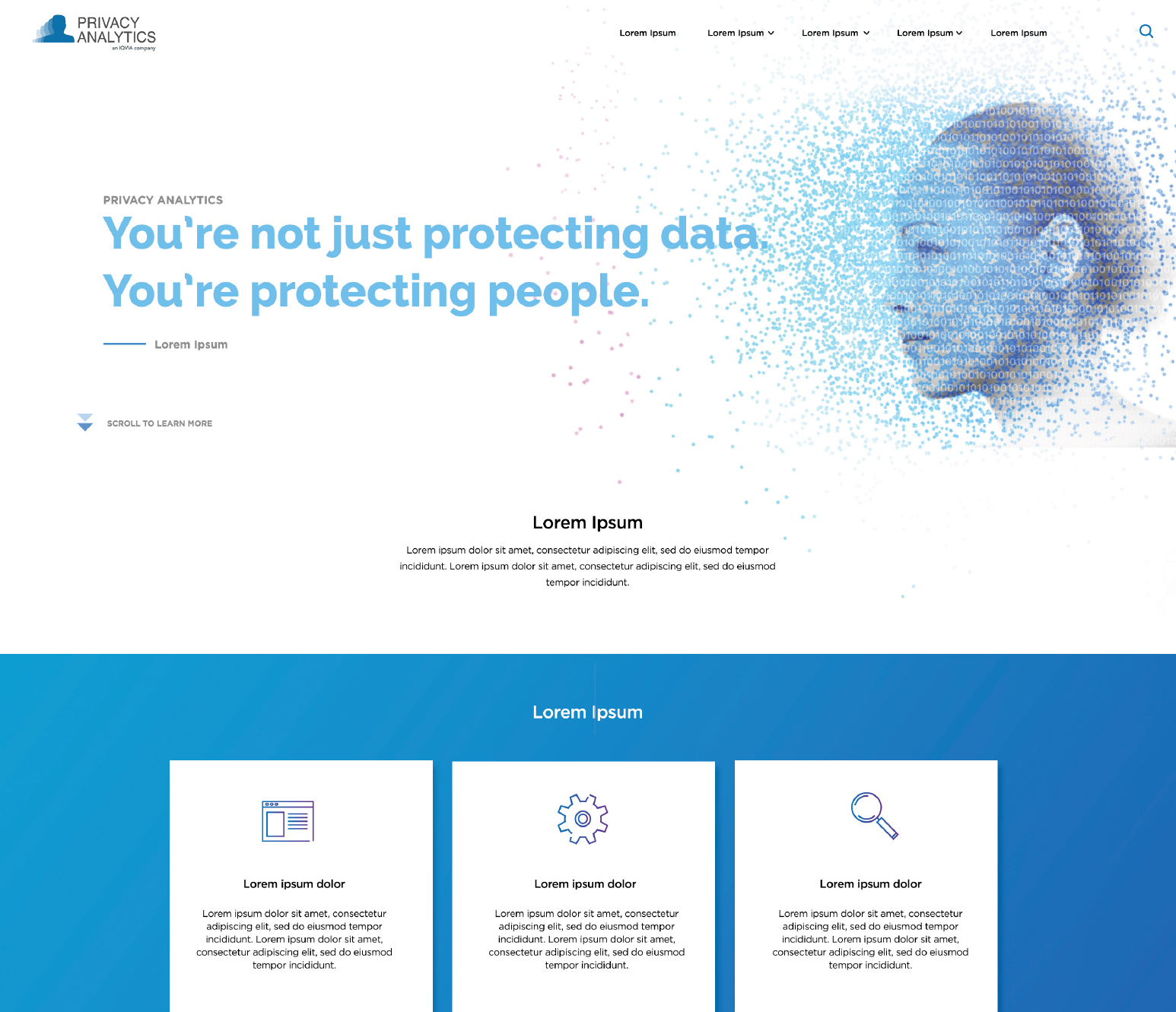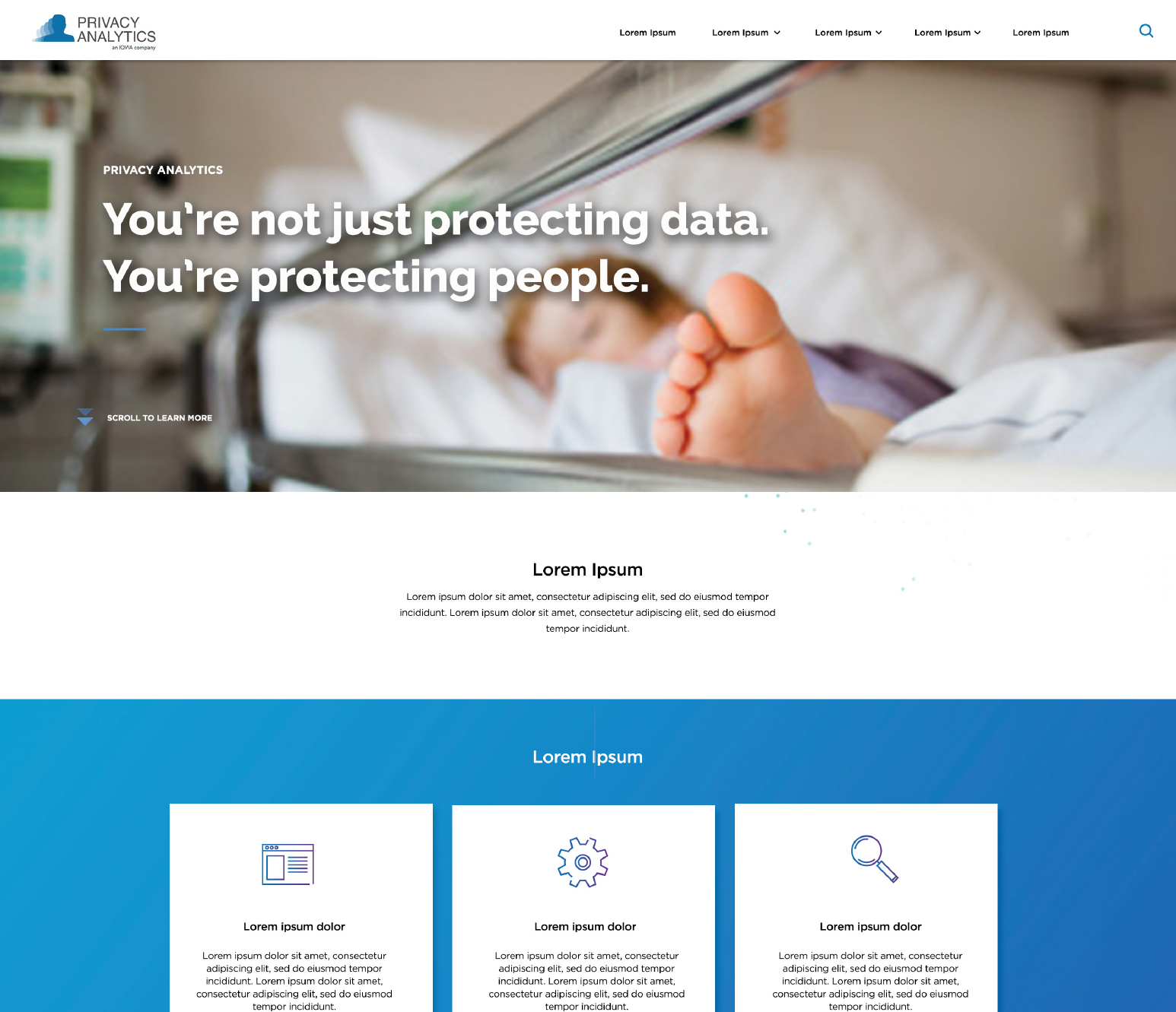“I’d like to buy the world a Coke” “Stuck on Band-Aid Brand” and “I wish I were an Oscar Meyer wiener” are some of the most indelible earworms that not only promoted sales but became aural pop culture icons of their time. Lately the use of jingles in commercials has waned to the point of nonexistence. So, we ask what became of the jingle?
Jingles: Origins
To find where jingles have gone, let’s start by looking at where they came from, which is further back than you might expect. The very first jingles can be found in the 16th century, where bards would offer their songwriting and performance talents to shop keepers who used them to promote their shops and expand their clientele.
Jump forward 400 years to the dawn of jingles as we know them. A small Minnesota cereal company called Washburn Crosby figured that a great way to get people to eat their cereal would be to have a popular barbershop quartet sing about it. On Christmas Eve of 1926, they released a 40 second ditty for the breakfast cereal Wheaties through a local radio station.
The jingle was so successful that it was picked up nationally. Wheaties became the best-selling cereal in the country and of course, other advertisers took notice.
Jingles all the Way
In the decades that followed, jingles exploded as a form of advertising on both radio and television, with advertising agencies dedicating entire departments to creating the catchiest tunes possible to push their clients’ products. Their goal was to imitate the pop hits of time, and cash in on their popularity.
In many ways they succeeded. Some jingles would go on to become minor pop hits, like the Chiquita Banana song, which at its peak was being played almost 400 times a day, and Coca-Cola’s “I’d like to buy the world a Coke”, which was twice released as a single and neared the top of the pop charts both times.
Micheal Jackson: Jingle Killer
Michael Jackson single handedly changed the jingle game in the 1980’s when he rewrote his hit song “Billie Jean” for a Pepsi commercial.
At the time the idea of a recording artist selling their song to an advertiser was considered taboo – looked on as a shameful exercise in “selling out”. While the ideal was being maintained by middle aged rock musicians, the King of Pop had a different perspective. With Micheal Jackson leading the way, a generation of young artists was happy to take advantage of the financial and promotional opportunities provided by licensing their songs to advertisers.
21st Century Problems
There were other obstacles that the agency-created jingles faced in the modern advertising landscape. Enter the 2000s. American markets began to grow larger and more divided due to an increased number of television channels and specialized networks, making it harder for advertisers to repeatedly reach their desired audiences. As well, more people were heading to the internet where there were few, if any advertisements at all. Jingles, which need to be heard repeatedly to be effective, did not thrive in this new media context, so agencies gradually removed jingles from their marketing strategies. Companies like Oscar Meyer, whose jingles “I Wish I was an Oscar Meyer Weiner” and “My Bologna has a First Name” had run for decades, retired these classics completely. Between 1998 and 2011, the percentage of national tv spots that contained jingles dropped from 12% to 2%.
Jingles Today
In today’s advertising world, jingles still exist, but not in the way they used to. The most common form of jingle-use in commercials today are quick audio taglines called “aural mnemonics” which support audience recall. A few examples of these are the Intel chimes, McDonalds “I’m Lovin It” and the Old Spice whistle. Brands with iconic jingles in their repertoire, like State Farm and Campbell’s Soup, have condensed them into a mnemonic, finding that these shorter versions still get the message across in a catchy way, but also act as a wink to members of their audience who remember the original versions. On the radio, longer jingles can still be found, but they’re almost exclusively used to help listeners memorize a phone number. And as advertising means and methods continue to evolve, so likely will the jingle.




RECENT POSTS
Universal Adjustable Neck Mount. Wow, that’s a mouthful.
KOOZBALL
COVID VS Creativity